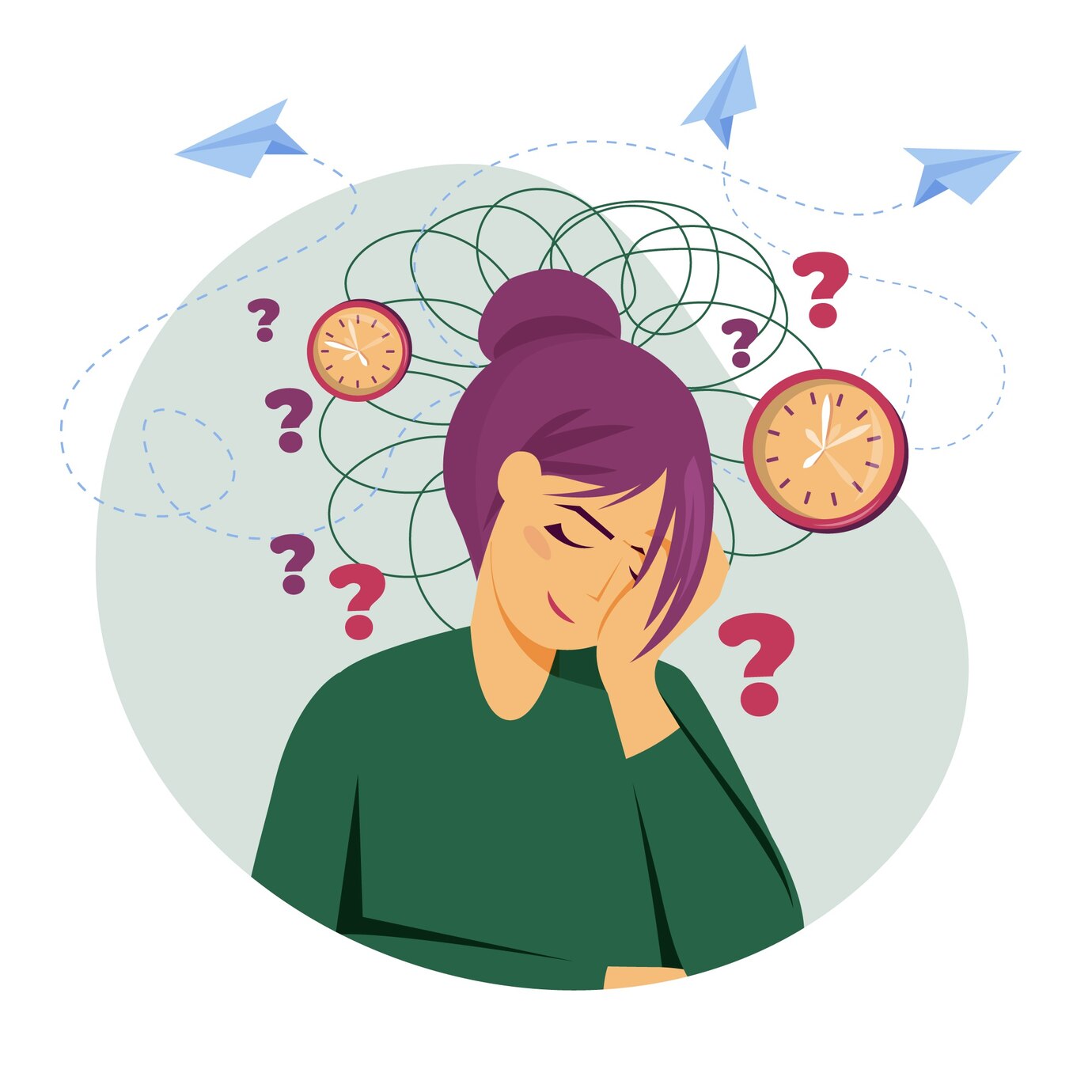Seasonal Affective Disorder (SAD) is a type of depression that occurs at certain times of the year, typically in the winter months when daylight hours are shorter. This condition affects millions of people worldwide, causing significant changes in mood and behavior. Understanding SAD, its symptoms, causes, and treatments is crucial for managing and mitigating its impact on those who suffer from it.
What is Seasonal Affective Disorder (SAD)? Seasonal Affective Disorder is a recurrent form of depression that follows a seasonal pattern. While most commonly associated with winter, SAD can also occur in summer, though this is less frequent. The disorder usually begins and ends at the same time each year, with symptoms starting in the fall and continuing through winter, subsiding during the spring and summer months.
Symptoms of SAD: The symptoms of SAD are similar to those of other forms of depression but are linked to seasonal changes. Common symptoms include:
1 – Depressed Mood: Persistent feelings of sadness, hopelessness, and low energy.
2 – Loss of Interest: A noticeable decrease in interest or pleasure in activities once enjoyed.
3 – Sleep Problems: Oversleeping (hypersomnia) or difficulty sleeping (insomnia).
4 – Changes in Appetite: Cravings for carbohydrates and weight gain, or reduced appetite and weight loss.
5 – Fatigue: A general sense of tiredness and lethargy.
6 – Difficulty Concentrating: Trouble focusing, making decisions, and remembering things.
7 – Social Withdrawal: Avoidance of social interactions and activities.
8 – Irritability and Anxiety: Increased irritability, anxiety, and restlessness.
Causes of SAD: The exact cause of SAD is not fully understood, but several factors are believed to contribute to its development:
1 – Reduced Sunlight: Shorter daylight hours in winter lead to reduced exposure to sunlight, which can disrupt the body’s internal clock (circadian rhythm) and contribute to feelings of depression.
2 – Serotonin Levels: Sunlight influences the production of serotonin, a neurotransmitter that affects mood. Reduced sunlight can lead to lower serotonin levels, increasing the risk of depression.
3 – Melatonin Levels: Changes in the season can affect the production of melatonin, a hormone that regulates sleep patterns. Increased melatonin production during the darker months can cause sleepiness and lethargy.
4 – Genetic Factors: A family history of SAD or other forms of depression can increase the likelihood of developing the disorder.
5 – Geographical Location: People living farther from the equator are more likely to experience SAD due to the more significant variation in daylight hours.
Diagnosis of SAD: Diagnosing SAD typically involves a thorough evaluation by a healthcare provider, including:
1 – Medical History: A review of the patient’s medical and family history.
2 – Physical Exam: A physical examination to rule out other conditions.
3 – Psychiatric Evaluation: An assessment of the patient’s mental health, including symptoms, mood, and behavior patterns.
4 – Seasonal Pattern: Documentation of the seasonal pattern of symptoms for at least two consecutive years.
Treatment Options for SAD: Several treatment options are available to help manage the symptoms of SAD:
1 – Light Therapy: Exposure to bright light using a light therapy box can mimic natural sunlight and help regulate mood. It is typically used for 20-30 minutes each morning.
2 – Medication: Antidepressant medications, particularly selective serotonin reuptake inhibitors (SSRIs), can be effective in treating SAD. A healthcare provider may prescribe medication based on the severity of symptoms.
3 – Psychotherapy: Cognitive-behavioral therapy (CBT) can help individuals identify and change negative thought patterns and behaviors associated with SAD.
4 – Vitamin D Supplementation: Low levels of vitamin D are common in individuals with SAD. Supplementing with vitamin D can help improve symptoms.
5 – Lifestyle Changes: Regular exercise, a healthy diet, and maintaining a consistent sleep schedule can help alleviate symptoms. Spending time outdoors during daylight hours, even on cloudy days, can also be beneficial.
6 – Alternative Therapies: Practices such as yoga, meditation, and acupuncture may help reduce stress and improve mood.
Preventing SAD: While it may not be possible to prevent SAD entirely, certain strategies can help reduce the risk and severity of symptoms:
1 – Maximize Sunlight Exposure: Spend as much time as possible outdoors during daylight hours, and keep indoor spaces well-lit.
2 – Maintain a Routine: Establish a regular daily schedule that includes consistent sleep, meal, and activity times.
3 – Stay Active: Engage in regular physical activity to boost mood and energy levels.
4 – Stay Connected: Maintain social connections and seek support from friends, family, or support groups.
Manage Stress: Practice stress-reducing techniques such as mindfulness, meditation, or deep-breathing exercises.
Conclusion: Seasonal Affective Disorder is a significant mental health condition that can have a profound impact on an individual’s quality of life. By understanding the symptoms, causes, and treatment options, individuals can take proactive steps to manage and mitigate the effects of SAD. If you or someone you know is struggling with seasonal depression, seeking professional help and implementing effective coping strategies can make a meaningful difference. Remember, you don’t have to face SAD alone—support and resources are available to help you navigate this challenging condition and improve your mental well-being.


